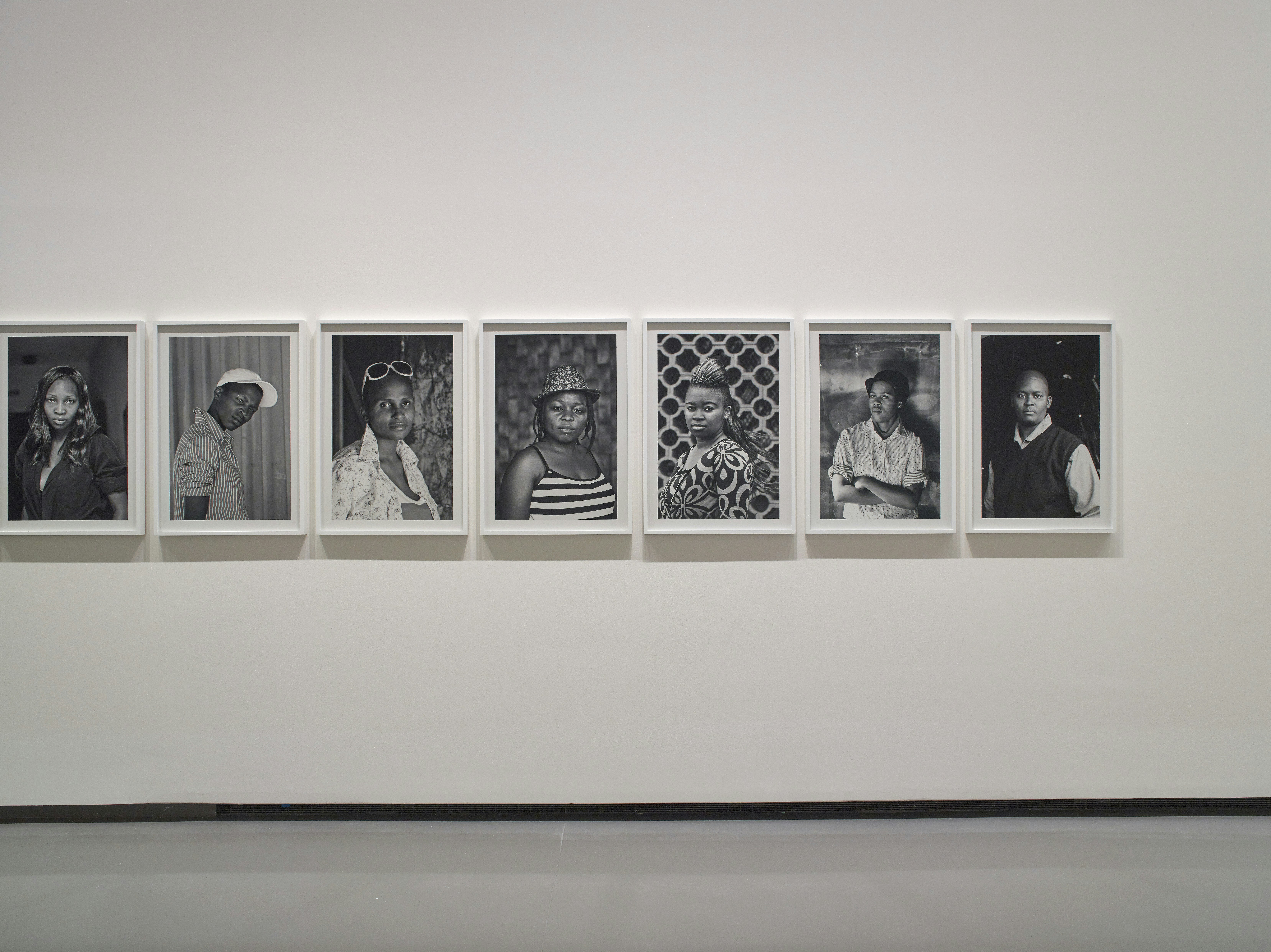Zanele Muholi
Born 1972 (South Africa), Zanele Muholi lives and works in Johannesburg. They grew up in a Durban township. After settling in Johannesburg at the age of 19, they studied graphic design and in 2001 enrolled at the Market Photo Workshop, the school founded by David Goldblatt.
Following their first exhibition in 2004 at the Johannesburg Art Gallery, the artist worked for the magazine Behind the Mask and cofounded the Forum for the Empowerment of Women, based in Gauteng. Muholi defines themself as a “visual activist”. Their work seeks to shine a light on a marginalised lesbian community, which is often a victim of aggression. Works goes far beyond social documentary to tackle questions of identity head-on. The series Faces and Phases Follow Up – begun in 2006 and comprising 300 portraits – best represents the artist's approach. Each model was photographed at different stages of their life. “I'm trying to establish a relationship based on the mutual understanding of what it means to be a black lesbian woman today,” the artist explains.
















